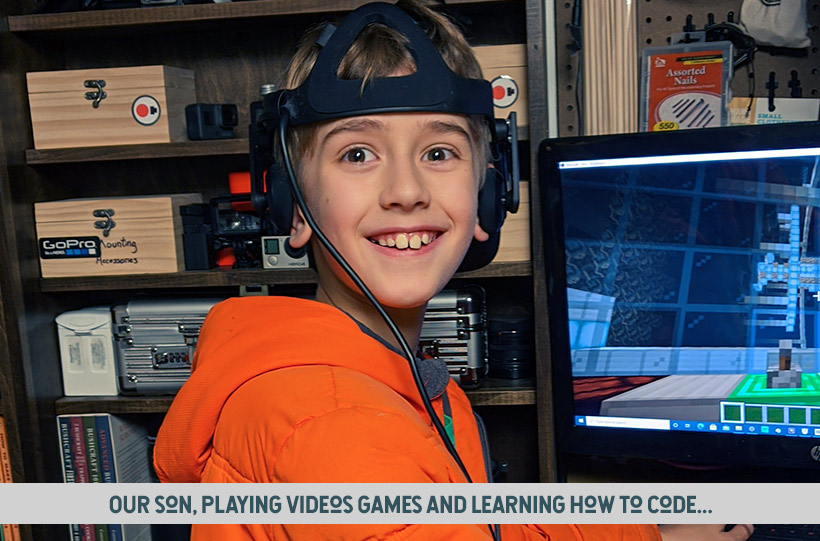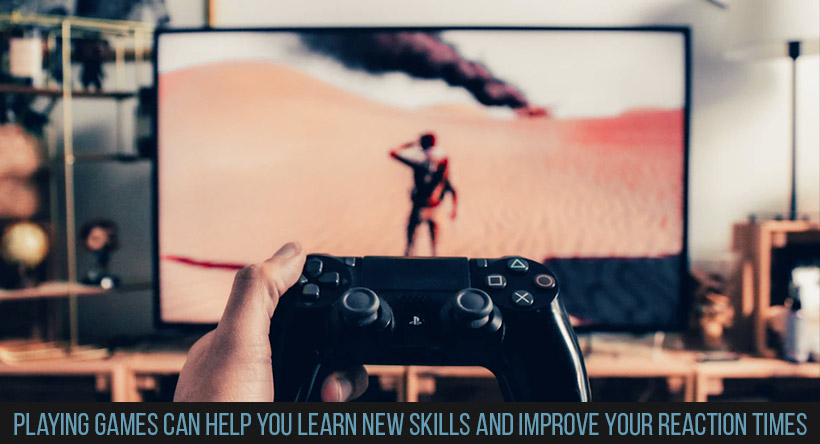Smart Education: Gamification and game based learning
Game-based learning is growing popular among students of all age groups: from preschool to higher education. Children can expand their vocabulary when playing Scrabble. Elementary school students learn the basics of the banking system when playing Monopoly. In this article, the readers will find eight meaningful reasons to include game-based learning in the curriculum.
Games are engaging
Research done through a game is exciting. Students do not feel as if the teachers force them to learn. Sometimes, undergraduate students find it boring to write academic papers. In this case, they may resort to a professional writer service to write my essay. It is a perfect option to find an expert who knows how to handle your task efficiently and effortlessly.
The difference between game-based learning and gamification consists in the following. The former suggests using games in the educational process. The latter implies partly turning this process into a game: the participants earn bonus points and prizes, achieve statuses, and so on. Both approaches appeal to the students’ emotions and trigger their curiosity.

Teachers can assess the progress of each student
Participants can not remain passive when playing a game. They need to make decisions and discuss their plans with other members of their team. They compile winning strategies and analyze the results of the previous stages.
If compared to exam results, games serve as a more reliable indicator of a person’s skills and competencies. At an exam, one can cheat or use cribs. When observing a game, the teacher better understands each participant’s strong and weak sides.
With games, it is easier to explain complicated theories
Below are just a few examples of applying this principle to the process of studies:
- Examples of politically incorrect language can be explained through a game. The participants gain or lose scores for using certain words and expressions.
- Students can start a game where they form teams or compete for assets individually. This will help them to understand the distribution of economic resources.
- Students can imitate multilateral political negotiations to understand how the United Nations function.
- A match of fantasy football helps the participants to realize the contribution of each individual to the success of the whole team.
Nearly any sphere of knowledge can benefit from switching to gamification. Consequently, students feel motivated, their attendance and performance improve. They find it easier to identify their vocation and spheres of interest.
Teachers can either invent simple games from scratch or order customized software. They can adapt the existing games and tools to the needs and demands of their audience.
Software developers invest large budgets and hire top professionals to deliver innovative solutions. In the next few years, the EdTech (educational technologies) industry will be flourishing. Games will account for a large part of it.
Games develop creative and critical thinking
When a professor explains a new topic to the audience, they are supposed to take the information for granted. But most successful business ideas for college students are based on controversy rather than obedience and require the ability to see ordinary things from an unexpected angle. Games encourage students to experiment and doubt dogmas.
Individuals who master critical thinking in the earlier stages of their life succeed faster in business. They are more likely to make important scientific discoveries.
Game-based learning is compatible with remote education
Even though the remote education format is evolving, it is still subject to certain flaws:
- Students lack personal contact with the teacher and do not feel involved enough.
- When people study from home, they hear too many noises. Family members are talking, smartphones are ringing, pets are asking for attention. The surrounding environment distracts them and does not allow them to fully concentrate on the lesson.
- The teacher can not judge by the students’ faces, whether they understand the subject or require a more detailed explanation.
Gamification solves the first two problems and arouses the students’ interest in learning. Most games imply a frequent exchange of information. Teachers receive immediate feedback on one’s strong points and knowledge gaps.

Games allow lecturers to combine theory with practice
Young professionals absorb valuable theory from lectures. But after graduation, they find it difficult to apply this knowledge to real life.
Others might face this problem even earlier. Scholarships for students are distributed between those who can prove their ability to bridge the gap between theory and practice.
Games come as the most intuitive solution of linking abstract knowledge with hands-on experience. The participants do not need to think of how to apply a certain theory to the process. They just follow the rules and analyze the gameplay.
When people study in good mood, they achieve better results
Conservative parents might be afraid that gamification makes lessons less informative. They remember their own learning experience that took place decades ago. They associate studies with challenges, enforcement, and constraints.
But when students enjoy positive emotions, they absorb new data much better. When they have fun in the classroom, they remember new information for a much longer time. An informal atmosphere does not contradict productive learning.
Psychological comfort and a stress-free environment contribute to better performance and higher achievements.
Through games, students get team-leading and team-building skills
These skills might seem secondary when one is still at school. Yet when young specialists start to look for their first job, they find out that many employers value high one’s ability to work in a team.
Some students want to go on with their education and start choosing among the best colleges to get an MBA. They discover that these institutions expect from their applicants the ability to manage a team.
But how can a student get these skills when studying for a Bachelor’s degree? Gamification and taking part in extracurricular activities is the best way out.
Gamification and game-based learning play an important part in the educational process. The essence of this approach lies in explaining complicated concepts through games. This method has proved its efficiency among students of all age groups. The demand for it will grow in the next few years in all areas of knowledge.
































































































